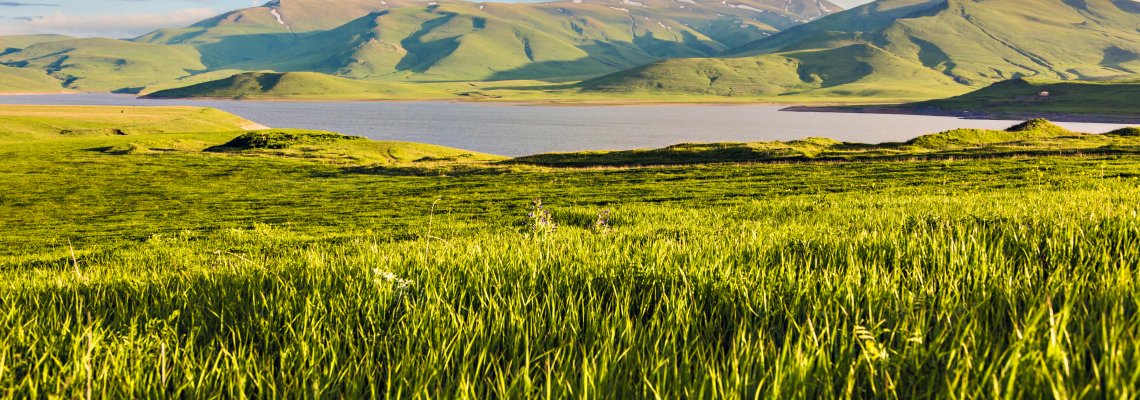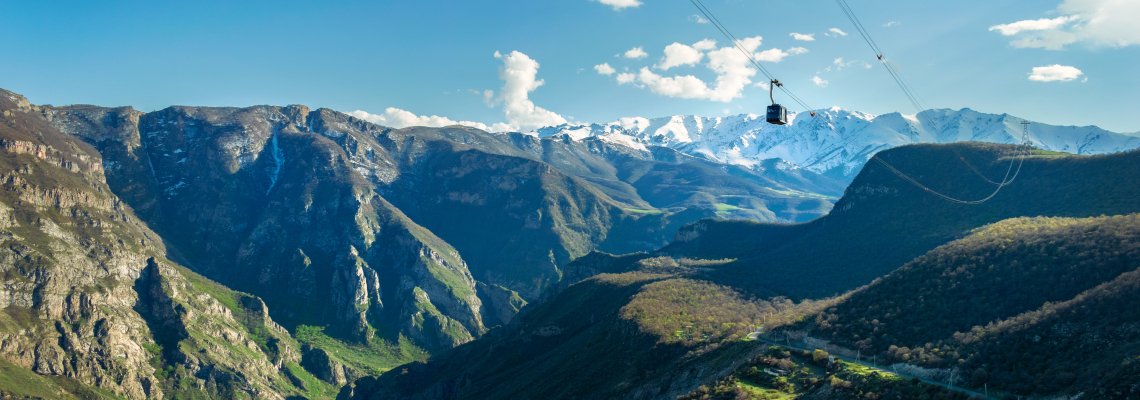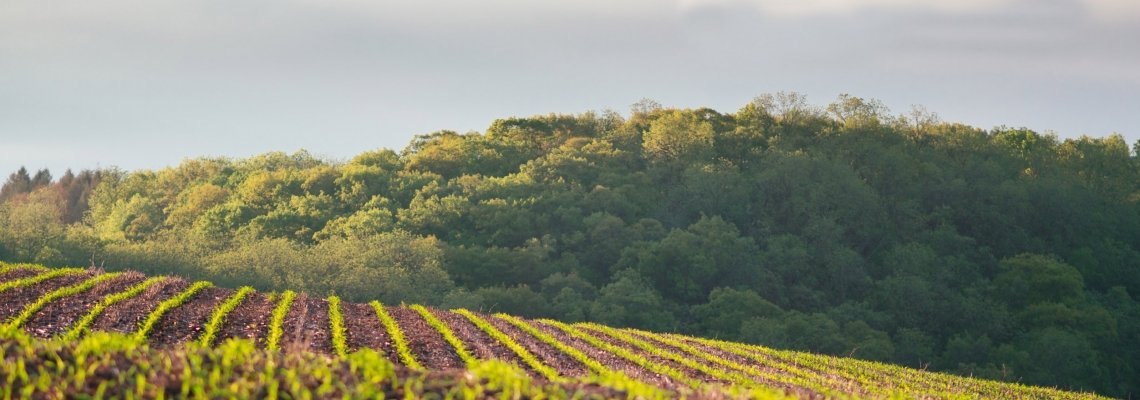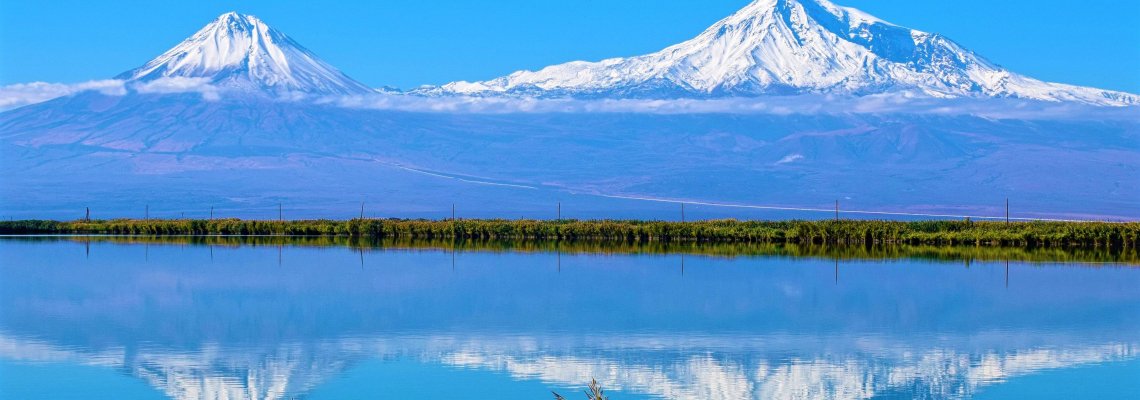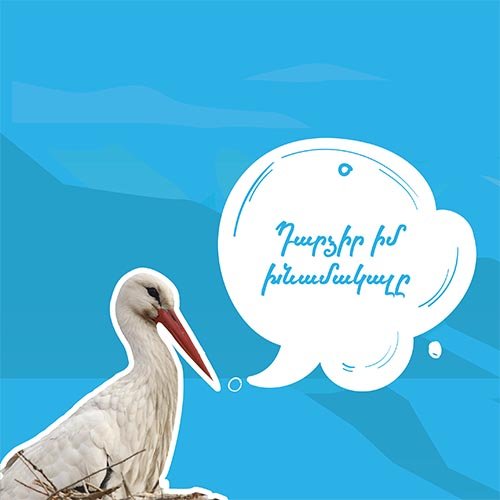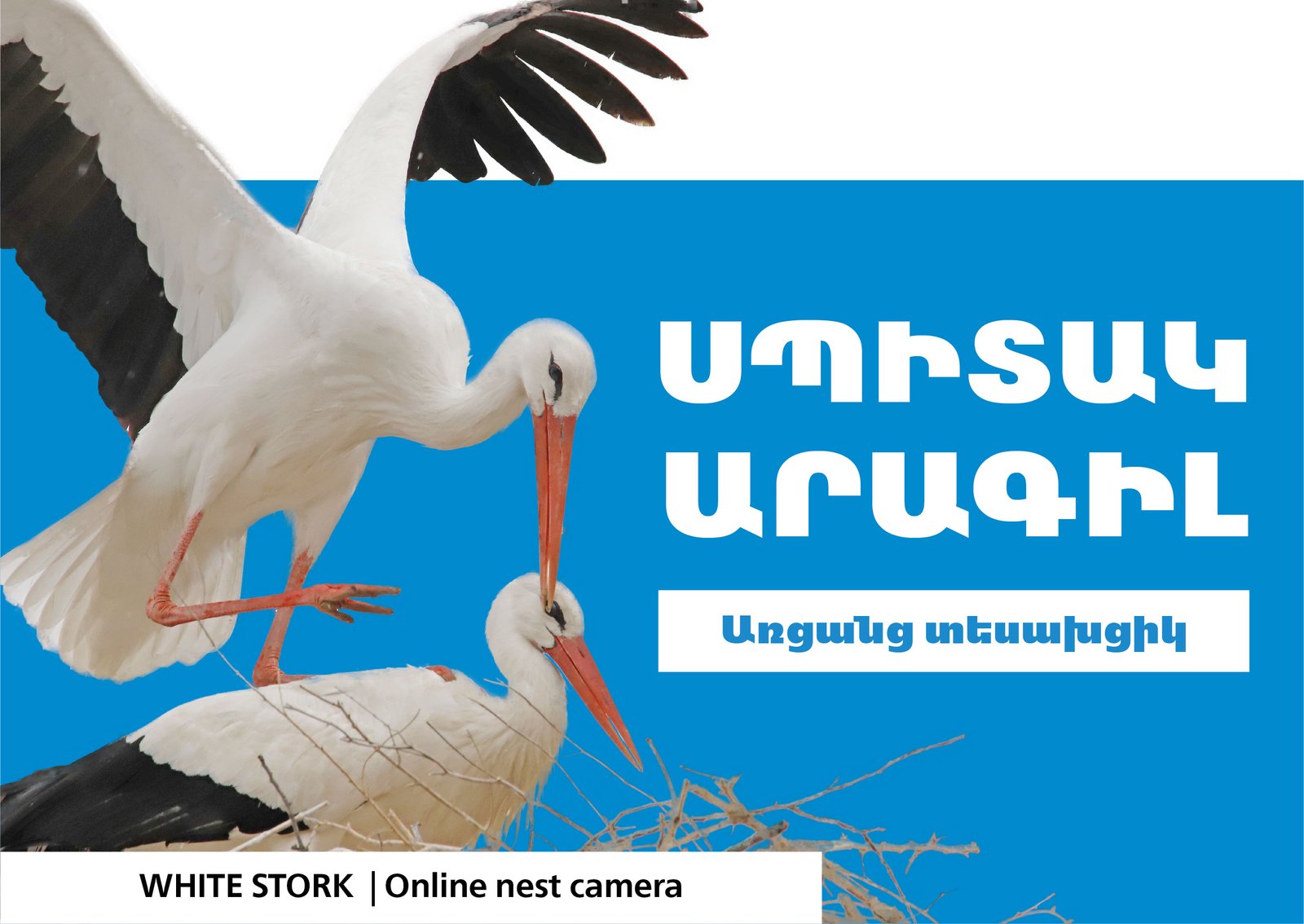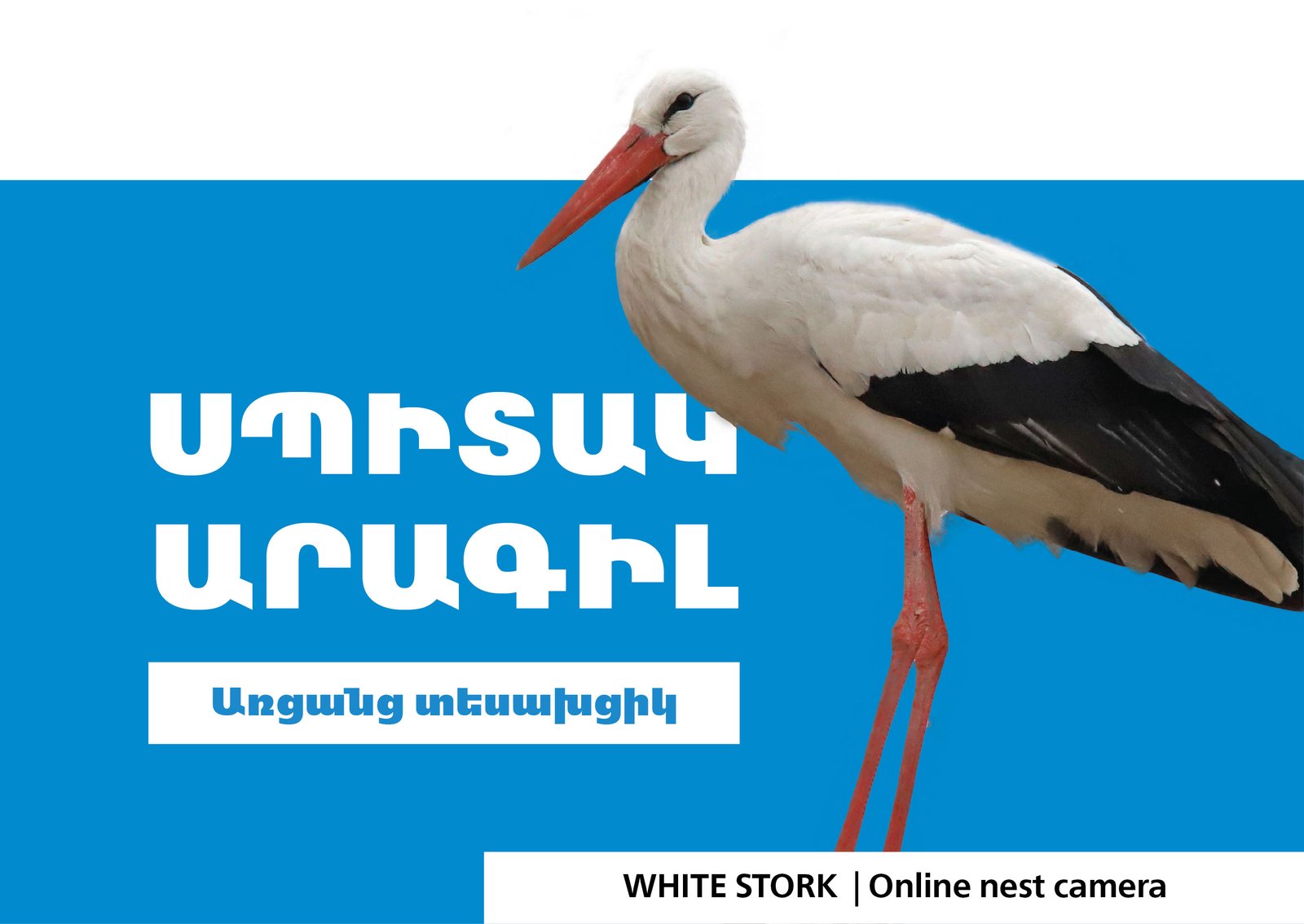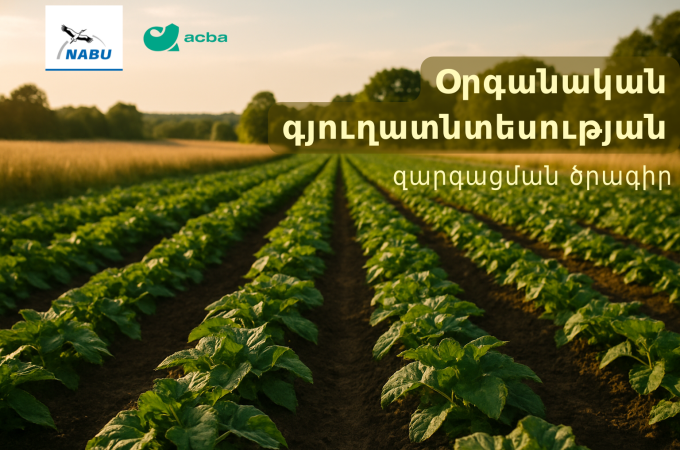
This year, the branch of the German Nature Protection Union (NABU) in the Republic of Armenia also conducted white stork counting in the Ararat Valley (Ararat and Armavir regions).
According to the results of this year, the pollution area of white storks has increased by 59% compared to last year. This year, contamination was observed in such habitats where previously contaminated birds were not observed at all.
The percentage of contaminated storks in Ararat valley, according to nest data, is 58.1% (increase by 18.5% compared to 2022), in particular, the degree of contamination in Armavir region reaches 51.9% (increase by 16.6% compared to 2022), and in Ararat region - 65.8% (increase by 19.2% compared to 2022).
At the same time, the intensity of contamination weakened. Compared to previous years, there were fewer birds with a "high" degree of contamination, but more birds with a "medium" degree. The "colder climate" of 2023 compared to 2022 may also be the reason for this indicator.
The counting once again emphasized the actuality of the stork pollution problem. The main problem is the disturbance of natural, especially aquatic ecosystem of Ararat Valley, which has a negative impact on human health.
This year, the branch of the German Nature Protection Union (NABU) in the Republic of Armenia conducted white stork feather sampling over a wide geographical area in order to conduct the relevant expertise in chemical-analytical laboratories in Germany and Armenia.


